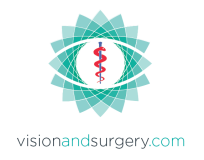Presbyopia
PRESBYOPIA is a condition, where with age, the eye has a diminished ability to focus on near objects. A loss of elasticity in the crystalline lens and loss of power in the ciliary muscles are believed to be the causes.
What are the signs?
First noticed with difficulty in reading fine print, which has to be held further away to focus, the symptoms are worse in dim light. Presbyopia usually starts somewhere between the ages of 40 and 50.
What is the treatment?
Corrective spectacle lenses and contact lenses have been the traditional route to resolve this problem but now modern surgical techniques have permanently removed the need for these appliances for many people. Presbyopia is becoming the commonest indication for refractive lens exchange (RLE). Patients undergoing cataract surgery often take the opportunity to have presbyopia correction at the same time. Individual suitability for the various treatment modalities will be assessed during a consultation:
- Multifocal intraocular lens implants (IOL) provide distance and near vision simultaneously. Close up vision is usually excellent.
- Accommodative IOLs offer limited ability for near vision
- Monovision option uses a monofocal IOL whereby one eye is corrected for distance and the other
eye for near vision. This is suitable for only a minority of patients.
- Monovision, as above, with laser (LASIK)
- Piggyback implants to correct presbyopia in people who have had cataract surgery in the past with monofocal lens implants.
It is important to note that presbyopia is a progressive condition and is due to the ageing lens of the eye. Laser correction is carried out on the cornea and therefore the effect would wear off unless repeated. The only permanent treatment is refractive lens exchange.




